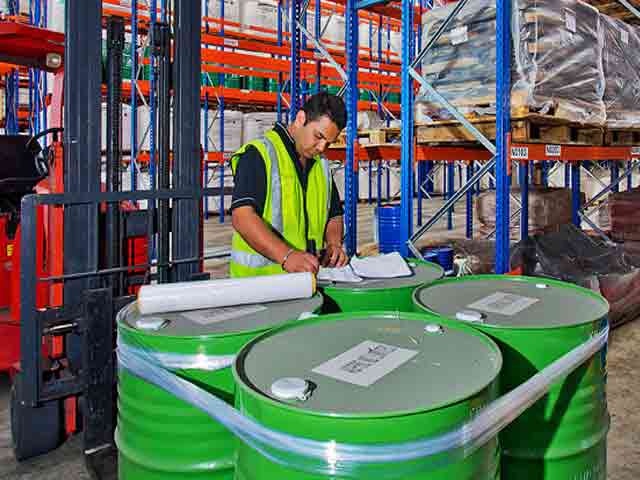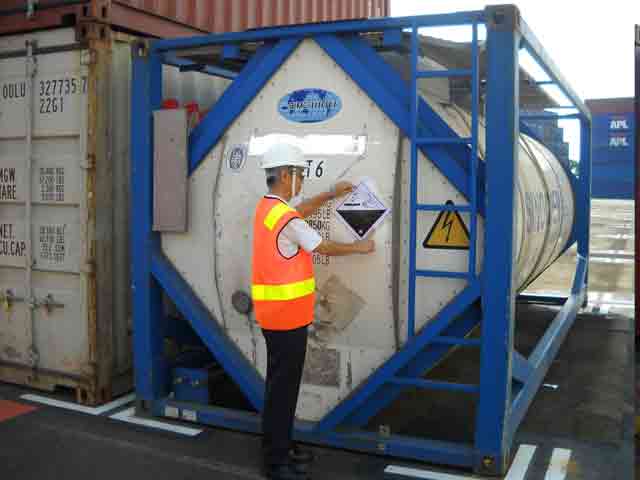SAFETY DOESN’T HAPPEN BY ACCIDENT; WE SET THE STANDARDS WHICH LEADS TO SAFETY OF YOUR DANGEROUS CARGO.
The carriage of dangerous goods and marine pollutants in sea/air/land is regulated in the international convention for safety of Life at Sea (SOLAS) and the international convention for the prevention of pollution from ships (MAROL). Relevant parts of both SOLAS and MAROL have been worked out in great detail and are included in the International Maritime Dangerous Goods (IMDG) code, thus making this code the legal instrument for maritime transport of dangerous goods and marine pollutants. We follow the IMDG code strictly to protect the environment while carrying these dangerous goods.
For all modes of transport (sea, air, rail and road) the classification (grouping) of dangerous goods by type of risk involved, has been drawn up by the UNITED NATIONS Committee of Experts on the Transport of Dangerous Goods (UN).
Classification of dangerous goods
Dangerous goods are divided into nine different classes as following, on the basis of the specific chemical characteristics producing the risk and for each of them specific safety requirements have to be met. Hazardous material which could be classified as more than one class takes on the highest applicable class level.
1. Explosives
2. Gases
3. Flammable Liquids
4. Flammable Solids
5. Oxidizing Substances
6. Toxic and Infectious Substances
7. Radioactive Materials
8. Corrosives
9. Miscellaneous Dangerous Goods
TRIDHAA has proficiency in handling all types of dangerous goods and vast experience in the requirements for different type of transportation modes and classes of dangerous goods.



